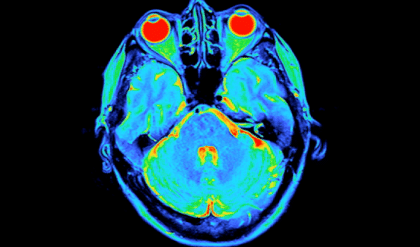Recent data underscores a pressing public health concern regarding the rising prevalence of HIV among adults aged 50 and older, particularly in sub-Saharan Africa. A study published in The Lancet Healthy Longevity reveals that the number of adults in this age group living with HIV has doubled from 2000 to 2016 and currently surpasses the prevalence rates found in younger demographics. Experts project that by 2040, one-quarter of all individuals living with HIV in Africa will be aged 50 or older, signaling an urgent need for tailored treatment and awareness campaigns focused on this demographic.
Dr. Luicer Olubayo from the Sydney Brenner Institute for Molecular Bioscience emphasized the common misconception that HIV primarily affects younger individuals. This perception is further exacerbated by intervention strategies aimed predominantly at youth, leaving older adults vulnerable and unaware of their risks. The infrequency of HIV testing among this age group contributes to delayed diagnoses and a lack of necessary care, reinforcing the stigma that continues to hinder access to treatment.
Associate Professor F. Xavier Gómez-Olivé, who participates in the MRC/Wits-Agincourt Research Unit, highlights the limitations of current HIV surveys, which primarily target younger populations. This leaves significant knowledge gaps regarding the prevalence, incidence, and treatment outcomes of older individuals living with HIV. There remains a critical need to address the social stigma associated with HIV in older adults, as this stigma directly impacts mental health and overall well-being.
Intervention strategies may include promoting repeat testing, encouraging the use of pre-exposure prophylaxis (PrEP), and implementing awareness campaigns specifically targeting older adults. Gómez-Olivé also noted that HIV management should be integrated into care for other chronic diseases, such as hypertension and diabetes, which are becoming increasingly common among this age group.
The study also reveals a complex interplay of factors influencing HIV risk among older adults, such as age, education level, gender, and geographical location. Notably, widowed women exhibited the highest HIV rates, likely stemming from factors such as stigma and increased vulnerability to unsafe sexual practices. Furthermore, those with low educational attainment and income levels are also at heightened risk for HIV infection.
A significant contribution of this research is the longitudinal data regarding the HIV epidemic among older populations in sub-Saharan Africa. Gómez-Olivé pointed out that much remains unknown about this demographic over time. By utilizing data collected from urban Kenya and both urban and rural regions in South Africa through two distinct data collection periods, the researchers aim to identify trends and improve understanding of antiretroviral therapy effectiveness in older adults.
Collectively, this decade of research is providing valuable insights into the aging HIV epidemic. The findings emphasize the necessity of adapting public health strategies to address the unique challenges faced by older adults in combating HIV, thereby ensuring that adequate support and treatment options are available as this demographic continues to grow.
Reference:
- Lucette A Cysique. Understanding ageing with HIV in sub-Saharan Africa to improve care. The Lancet Healthy Longevity, 2025; 6 (3): 100701 DOI: 10.1016/j.lanhl.2025.100701







